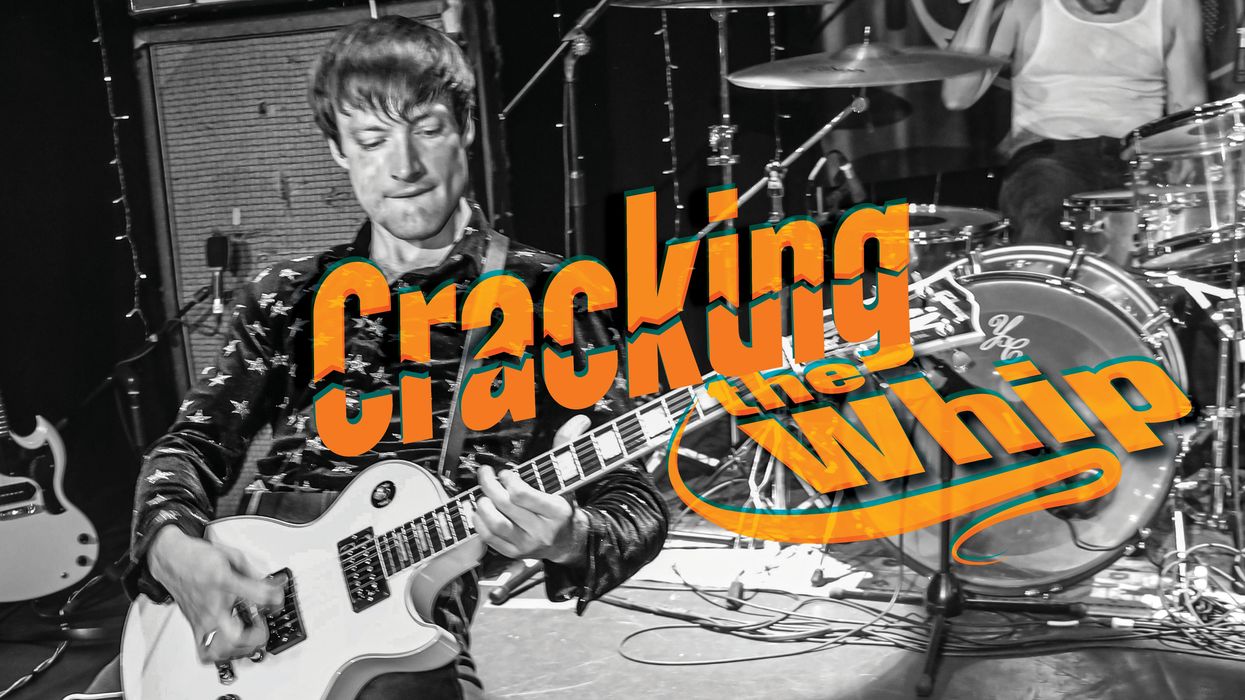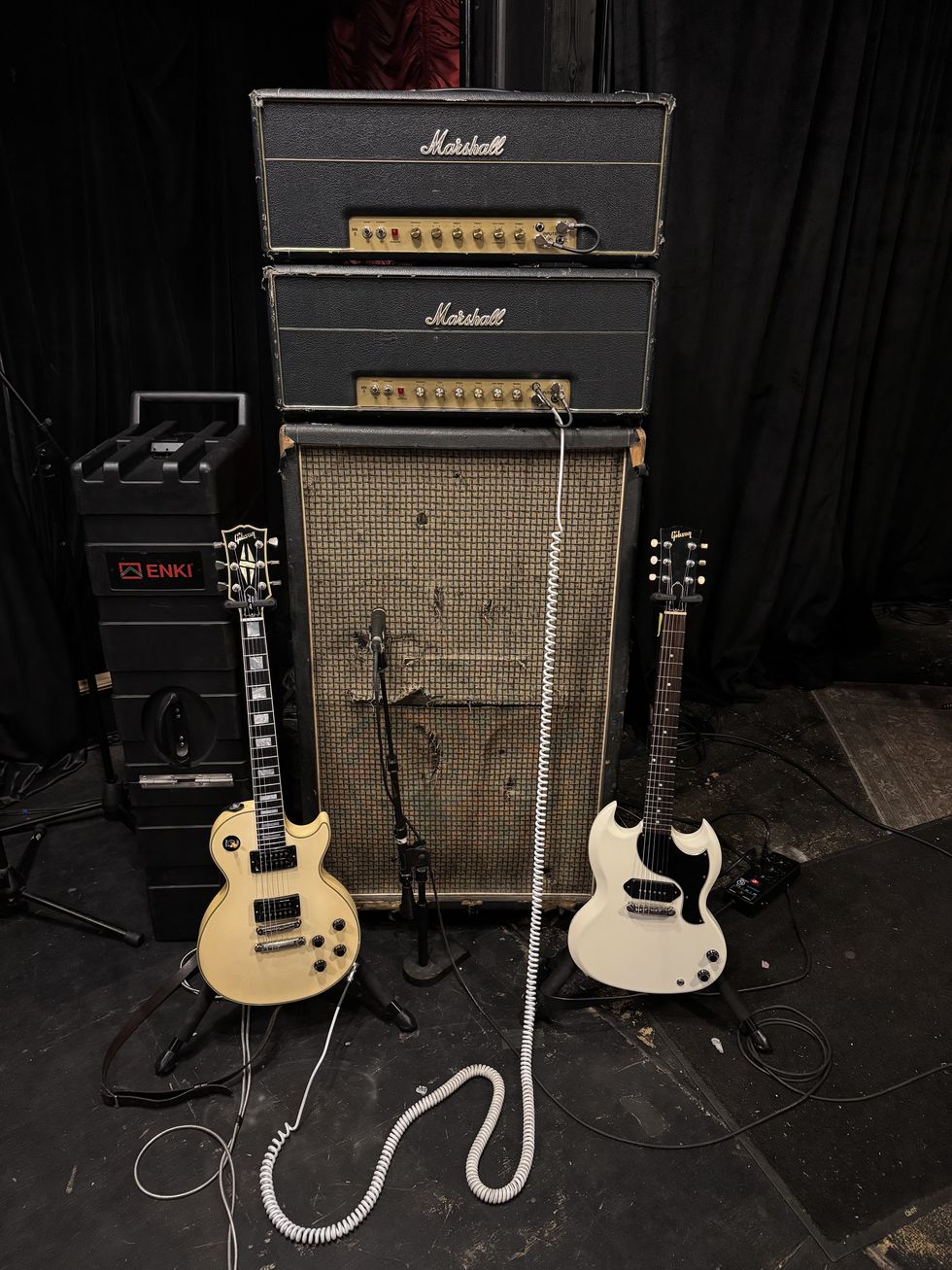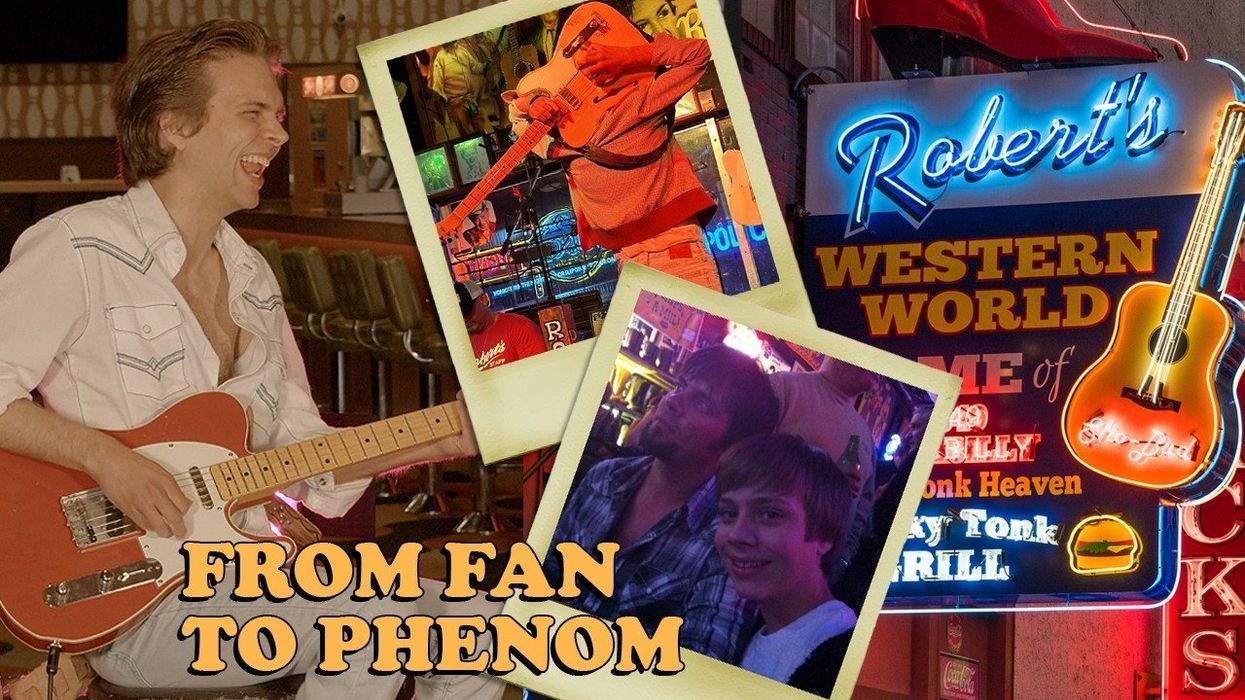When I spoke to recording engineer, Shellac guitarist, and Electrical Audio proprietor Steve Albini for our April cover story, we mostly covered his personal recording techniques, with some extra space allotted for the details of his iconic guitar rig. Albini, who passed suddenly not long after the issue went to print, was generous and forthcoming on all fronts.
During our long chat, I asked him, “Which guitar players blow you away—who do you really vibe on?” I’d seen the famously opinionated Albini answer similar questions before, but I knew that he was a guy who was constantly evolving and would have a good answer.

Shellac’s To All Trains was released on May 17—10 days after Albini passed away suddenly.
This section of the interview didn’t make it to print since it fell a little outside of the theme of the rest of the piece. With it sitting here on my hard drive, I’ve come back to the list quite a few times. Shellac released what will be their final album, To All Trains, shortly after his passing, and I’ve been listening to it, stunned by its sheer electric vitality and the band’s pummeling wit (what other band can go from using “pulchritudinous” with comedic self-consciousness as on “Days Are Dogs,” to singing about “Scabby the Rat” just a couple tracks later?). Somehow, Shellac seemed to have always lived within the same world of hard-hitting interlocking rhythms and perfectly recorded sound across their discography, and yet the band evolved in unexpected increments with every record. (Has Albini’s guitar ever sounded so brutal as when he kicks on the Harmonic Percolator—unconfirmed, but a confident guess—on the opening “WSOD”?)
With each listen of To All Trains, I’ve thought about the depth in Steve’s playing that I’ve always known was there, but which he further revealed with his wide range of answers. Some of the players he mentioned are pillars behind his own angular, cutting riffage, and others will probably come as a surprise to even the deepest Albini enthusiasts.
Here’s the answer he gave:
Billy Strings
Well, I’ve seen a lot of people in the studio and my impression of them is formed from fairly close exposure. That’s different from when I’m just listening to somebody play and I’m impressed by their playing, or I’m impressed by their music. I admire somebody like Billy Strings who’s just a phenomenal flatpicker. His bluegrass guitar is cleaner and more inventive than anything that I can imagine in that idiom.
Derek Trucks
Or somebody like Derek Trucks, for example. He is a really expressive, really beautiful player in service of music that doesn’t do a thing for me. Like, Derek Trucks playing in any of the ensembles that he plays in is the highlight of the thing. I don’t think I could sit through one of those shows just waiting for him to hit the solo. I would’ve made it to the exit long before he got to a solo, unfortunately. But I think he’s a phenomenal player.
Junior Brown’s another one who really blows my mind. Danny Gatton is an incredible guitar player. But again, all of that’s in service of music that doesn’t really do a lot for me in the punk and underground world.The Jesus Lizard's Duane Denison
Duane Denison from the Jesus Lizard is maybe the cleanest player that I’ve ever worked with as a recording engineer. His technique is just exceptional. Never hits a clam, never hits a dead note. You can always hear every note in the chord, even when he is playing something that sounds chaotic and brutal. Take two is going to be chaotic and brutal in precisely the same way.
The Ex's Terrie Hessels
I really admire Terrie Hessels from the Dutch punk band the Ex. I’m certain that he doesn’t know the names of the notes on the strings of his guitar. But every time I see them, he does something on the guitar that makes me think, “Why didn’t I think of that? That’s so cool and so easy. Why am I bothering playing notes and chords and stuff?”
One time we did a show with them, and at one point, he was wearing his guitar around his neck, and he popped it off, and he put the headstock on the ground. It was a vacuum cleaner, and he started running back and forth across the stage with the headstock of his guitar scraping and bouncing on the floor. So, he wasn’t playing the guitar, he was using the guitar to play the stage, and it sounded awesome. It sounded like this big zooming noise, and you could hear every step he took sort of modulated. I think he’s an incredible guitar player.
Ty Segall
As far as guys who are just good at it, I’ve done a few records with Ty Segall, and I think he’s really underrated. His whole band is great. Ty’s really inventive—great sound, always really cool arrangements.
Dead Meadow
I have a kind of a weakness for jammy psychedelic hard rock, which isn’t at all the kind of stuff that I play as a musician, but I really love the band Dead Meadow. Their music is just a trip. Every song, you feel like the lights are out and you’re seeing things. I just love their music.
Uzeda's Agostino Tilotta
There’s an Italian guitar player that I really love named Agostino Tilotta. He’s the guitar player in a band called Uzeda that I’ve had the pleasure of recording and touring with a few times. He has another band called Bellini, which is a little bit more abstract. He’s a phenomenal guitar player, really just incredible, expressive, inventive guitar player. He plays things that sound like they could be taken from Sicilian folk music, but then he also does things that sound like modernist classical music or noise-rock freakouts and stuff.
Johnny Ramone
My first real inspiration as a guitar player, though, was Johnny Ramone. Those early Ramones records just sounded so brutal and so explosive. And then you’d see footage of him playing, and he’s using his whole arm to play the guitar at this incredible speed and—the same sort of deal with Duane Denison—just never hitting a bad note, like never blowing it ever, never not being in time, never not being in tune. Everything about it, just so precise and so good, but at maximum scale.
Shannon Wright
My favorite guitarist is Shannon Wright. She’s got a unique attacking finger-plucking style that she hybridizes with a big Doritos-shaped pick that she palms while she’s doing the plucking part, then produces like a magician for the strumming parts. It’s incredible and her performing style is energetic and she’s just the fucking best.
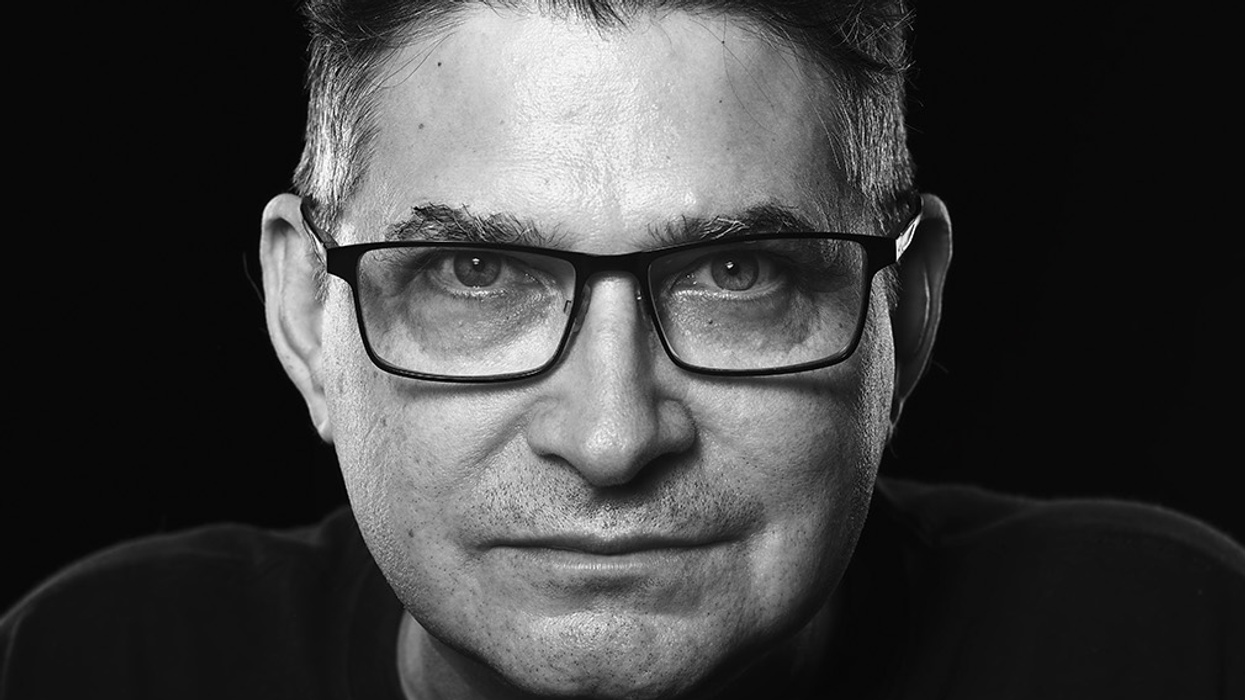

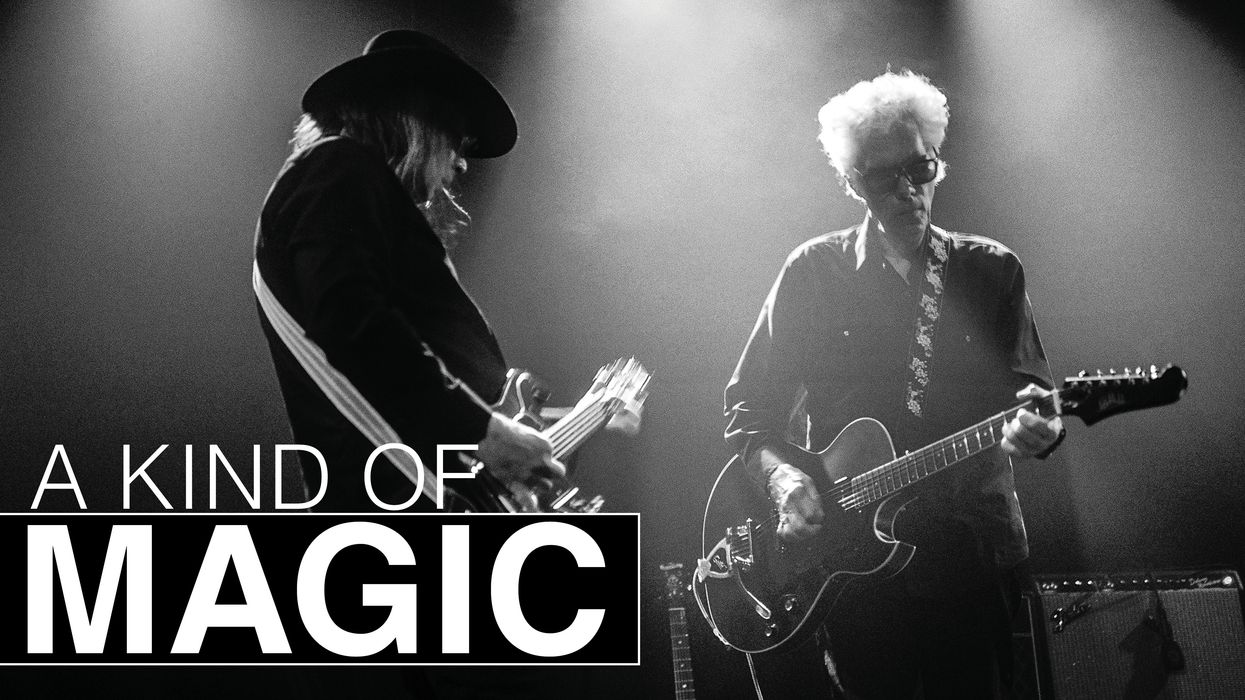
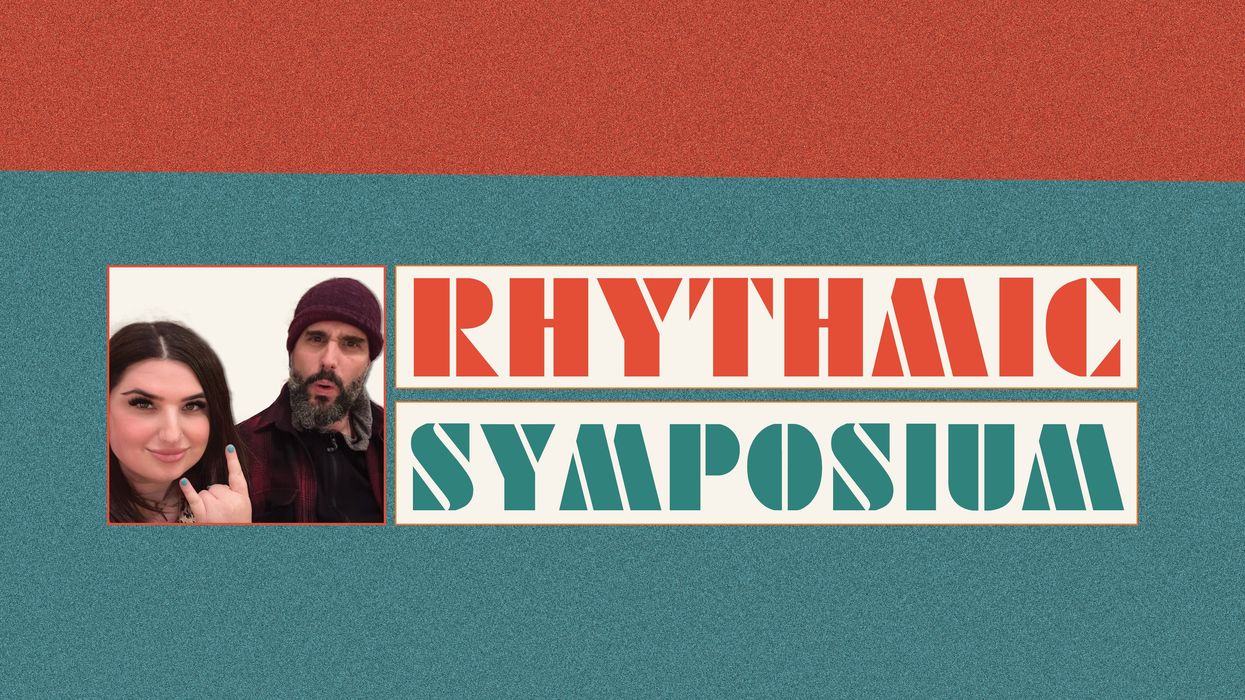
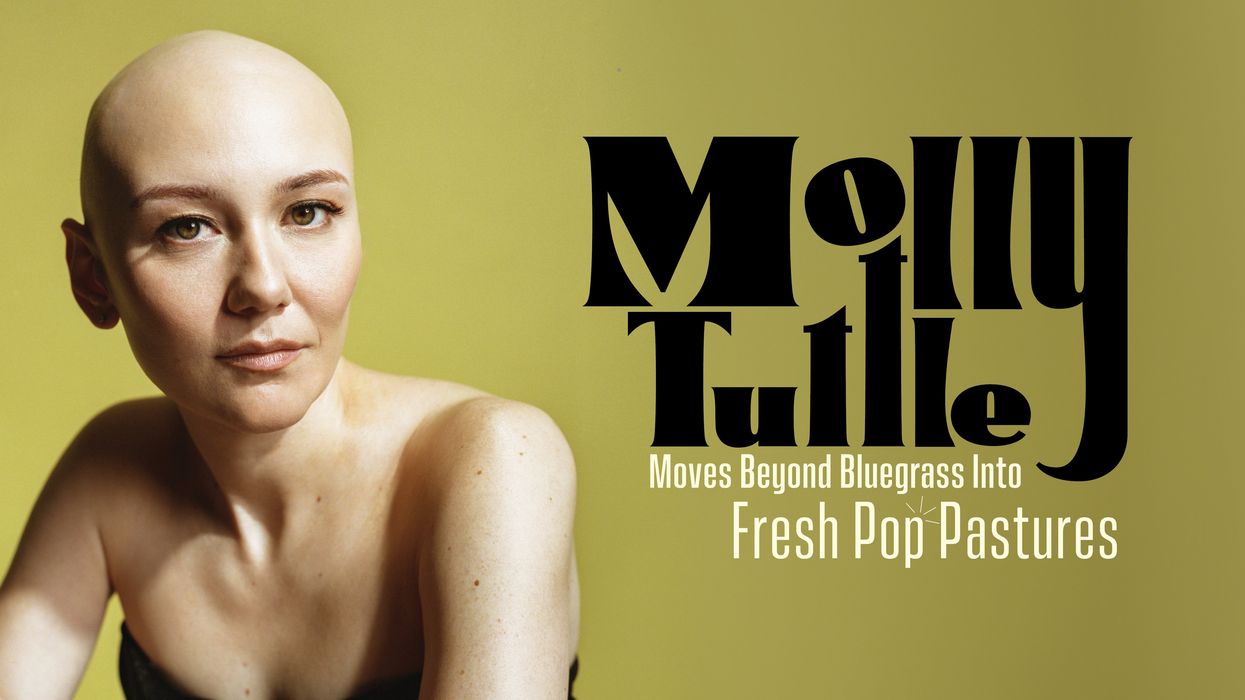











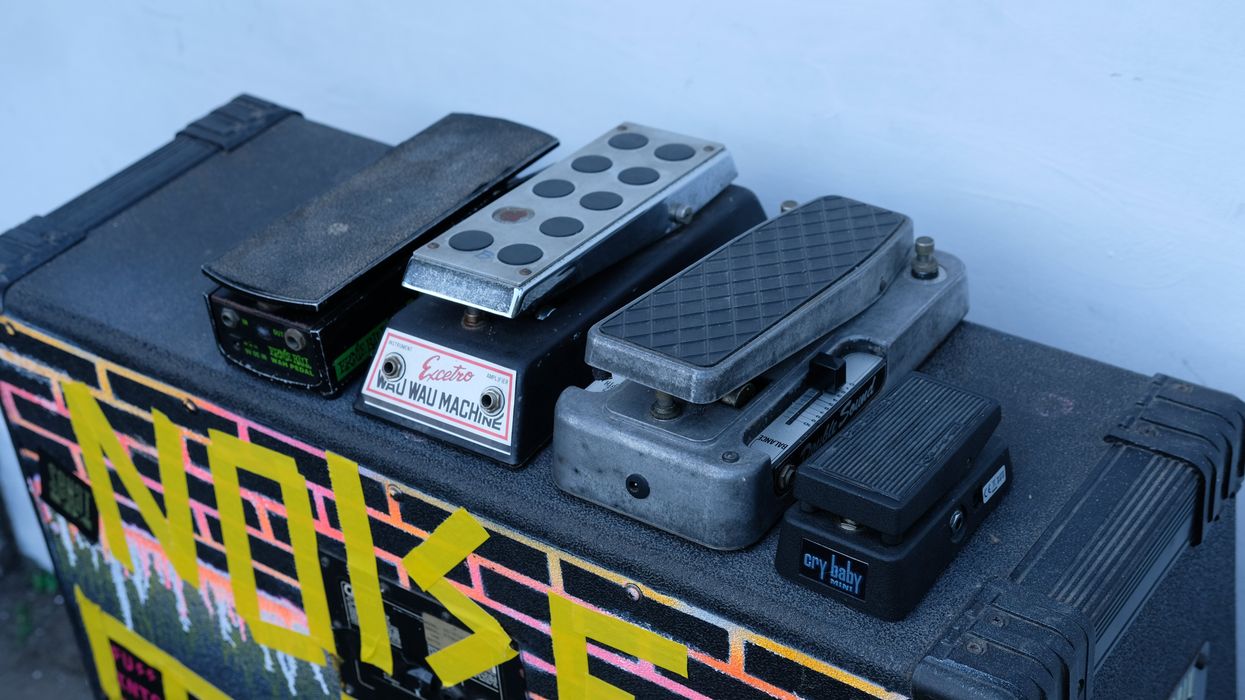
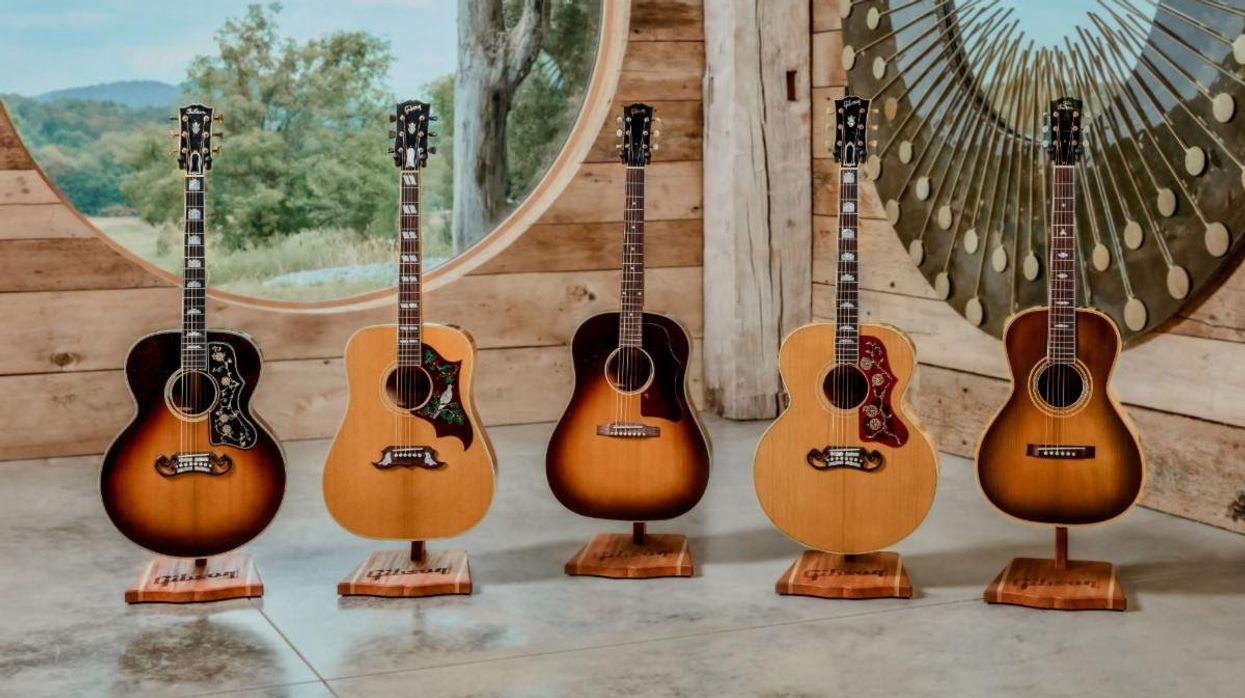

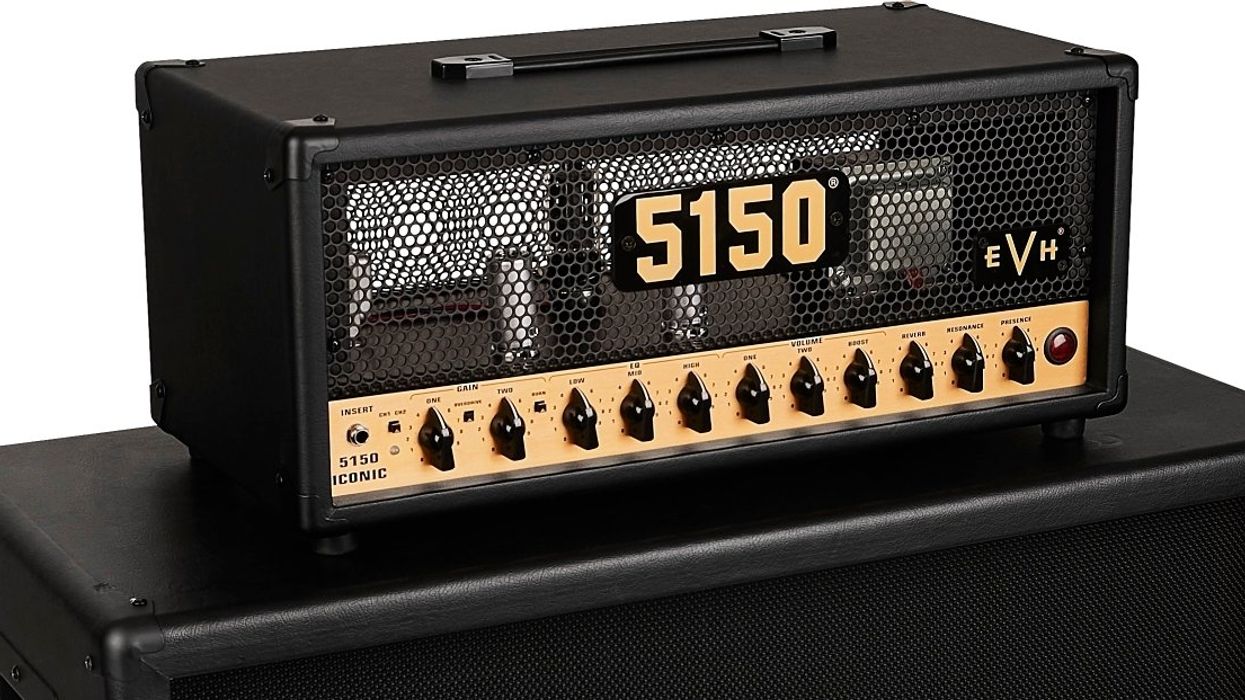



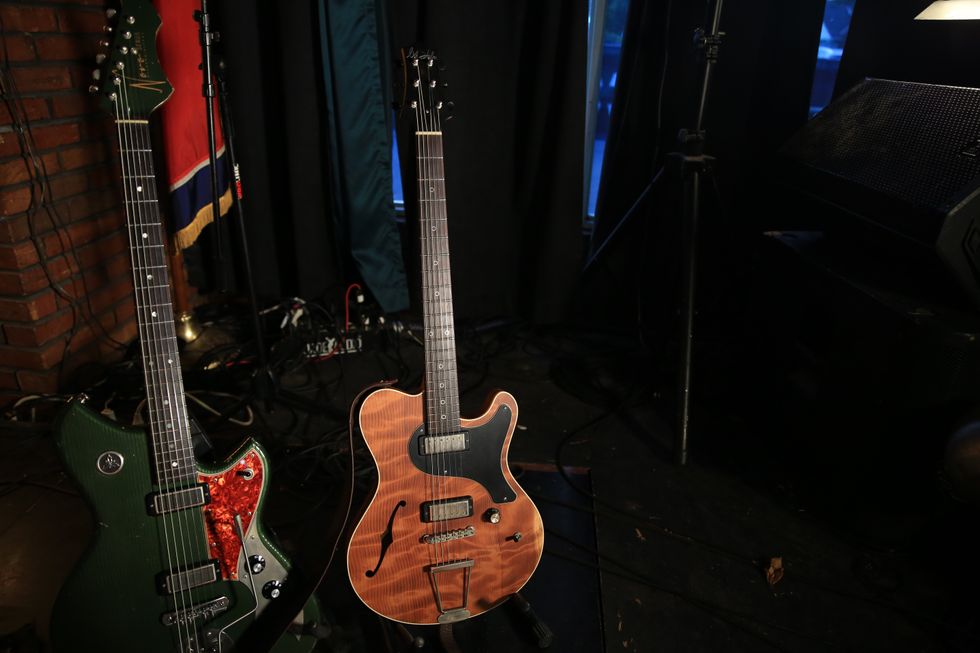
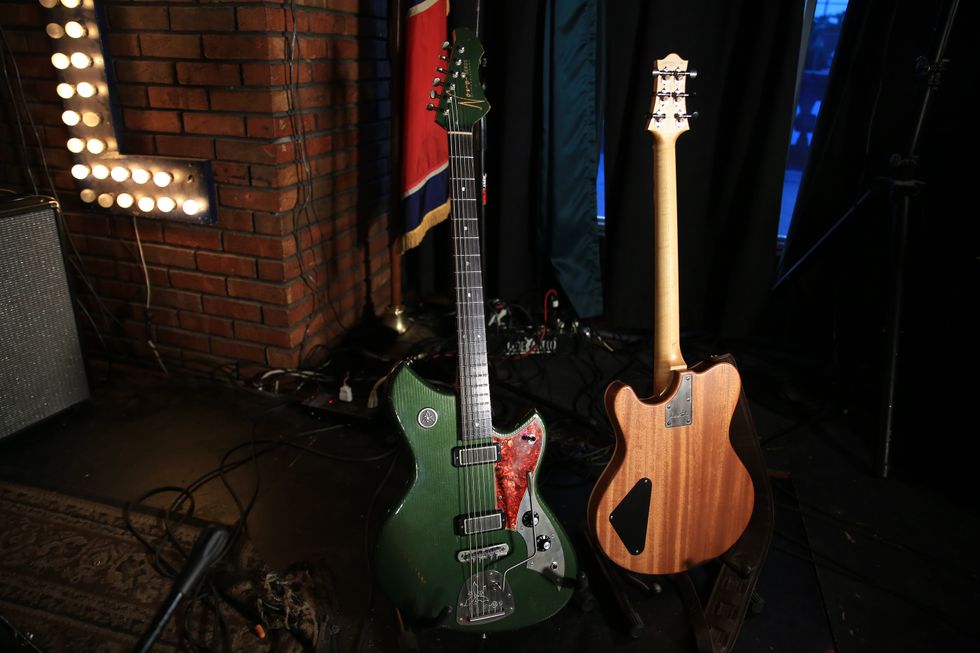
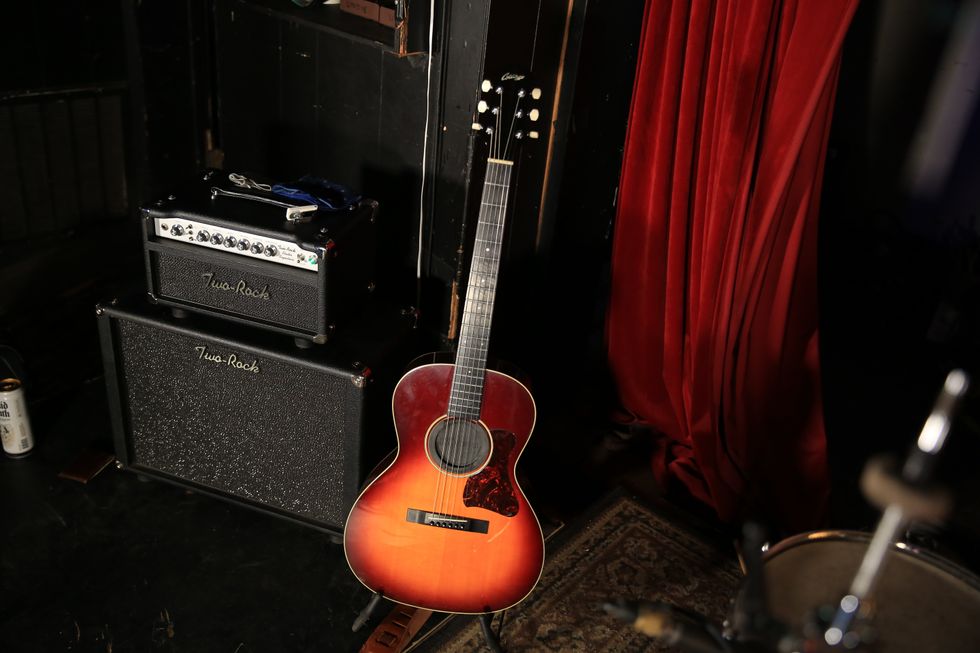
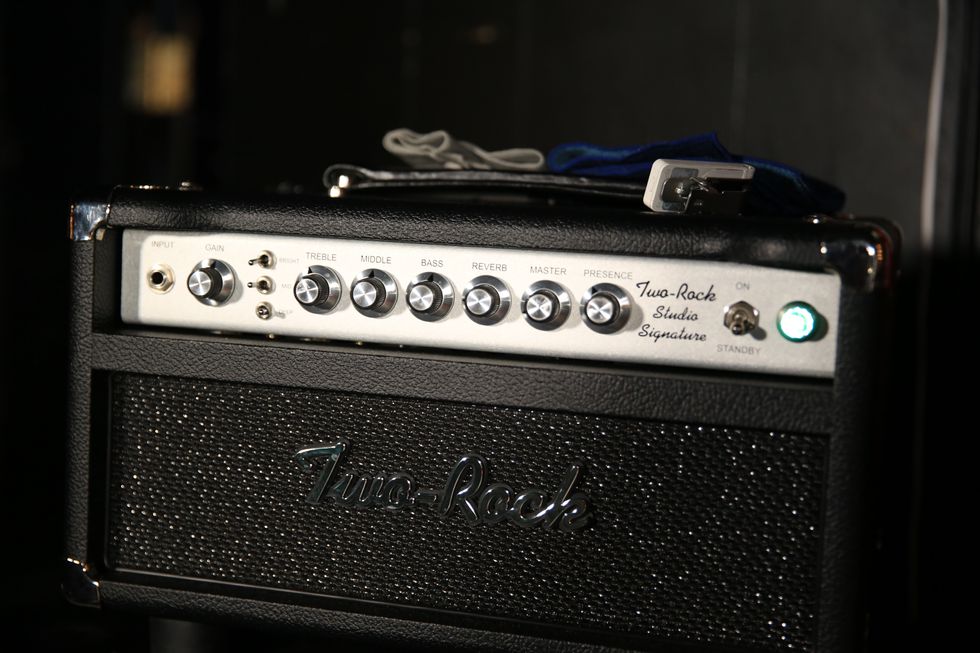
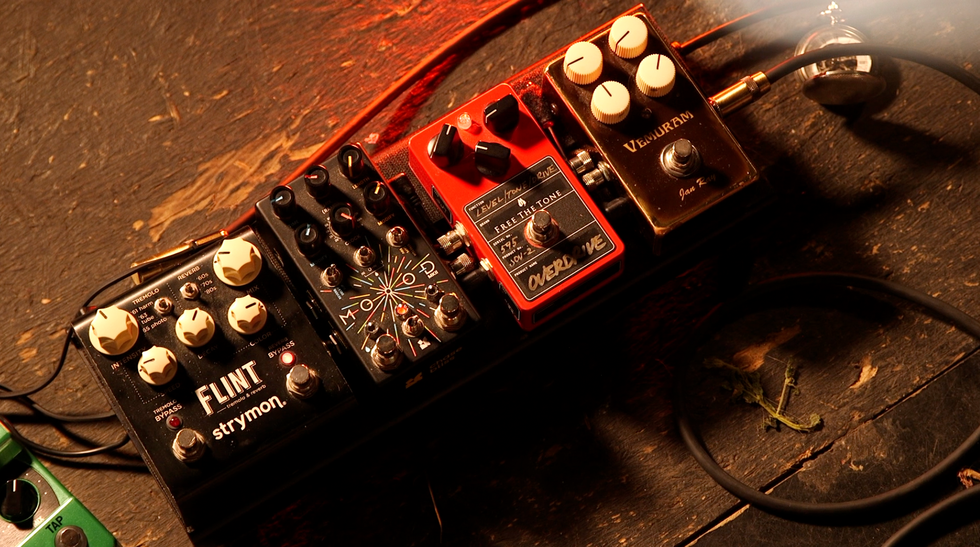
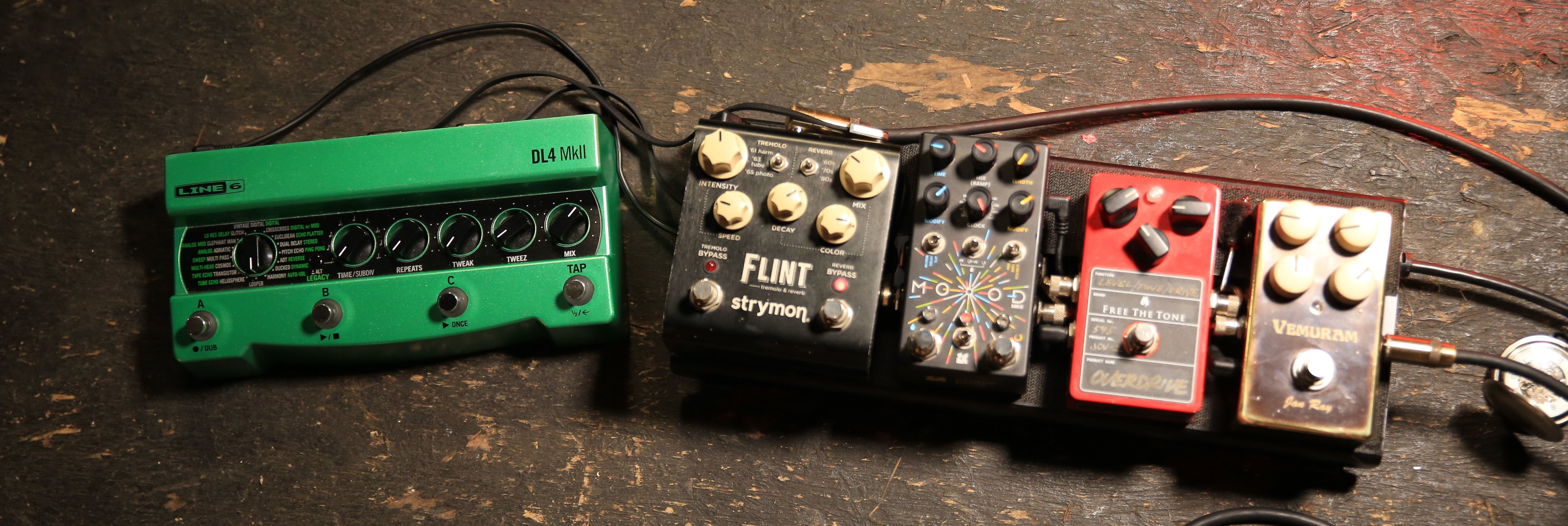 Miller’s Collings runs into a Grace Design ALiX preamp, which helps him fine-tune his EQ and level out pickups with varying output when he switches instruments. For reverb, sometimes he’ll tap the
Miller’s Collings runs into a Grace Design ALiX preamp, which helps him fine-tune his EQ and level out pickups with varying output when he switches instruments. For reverb, sometimes he’ll tap the 